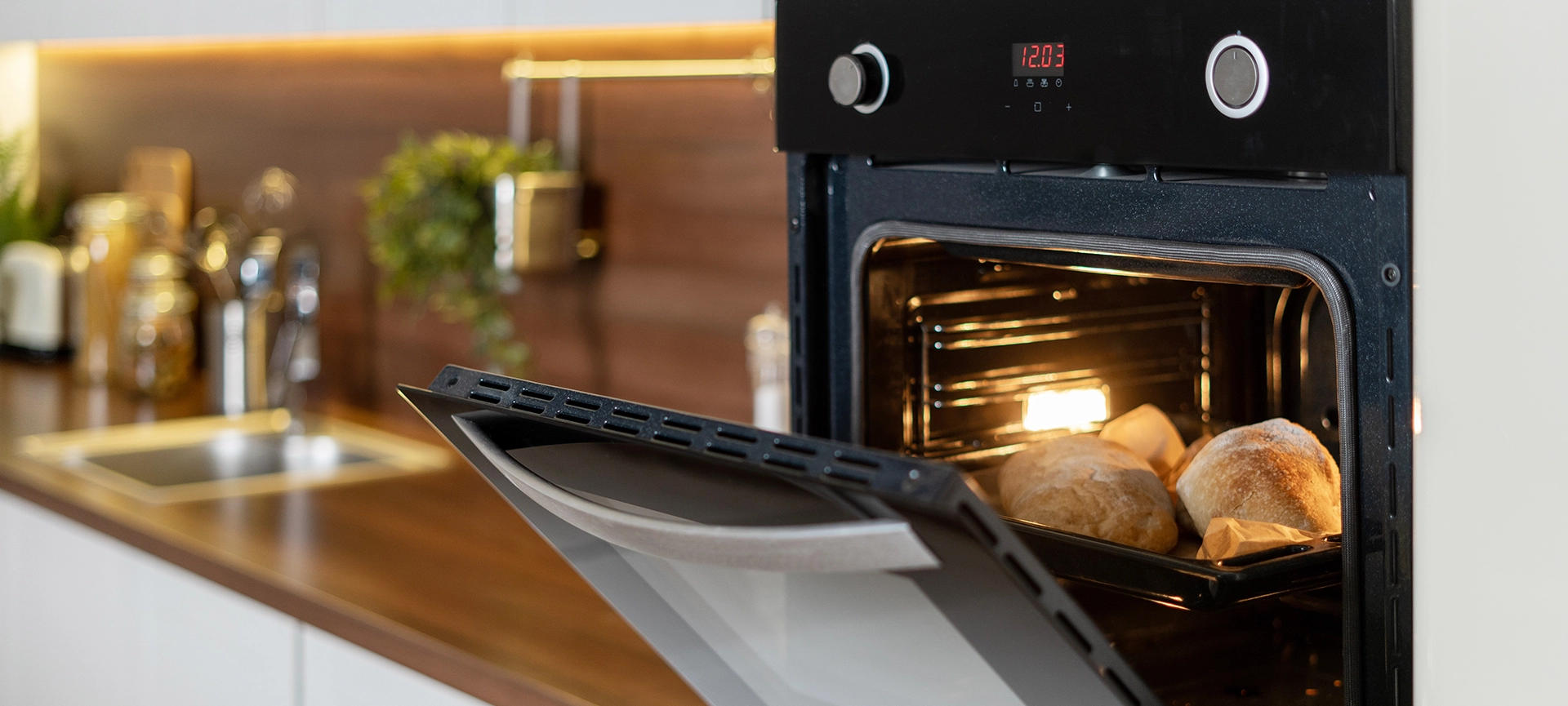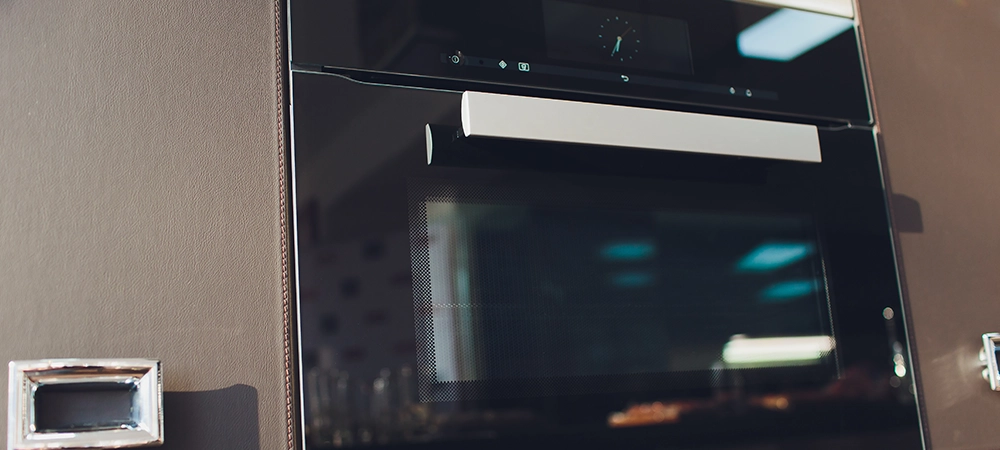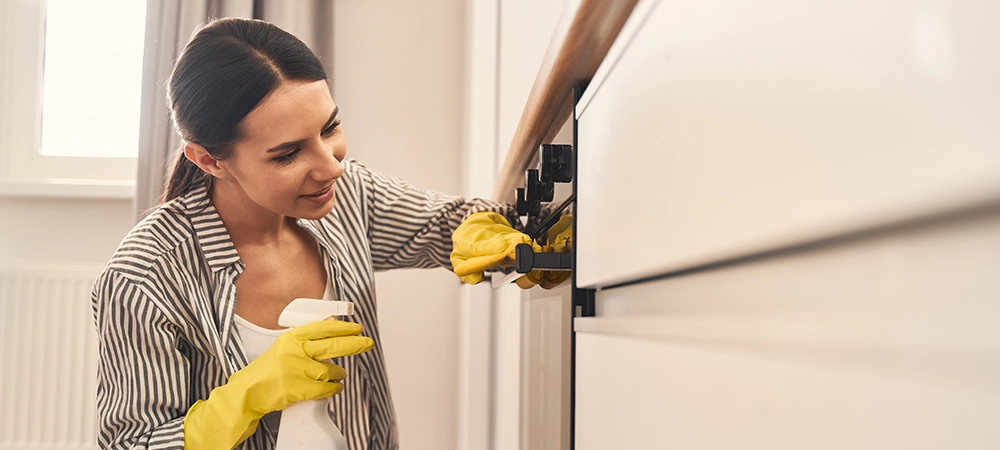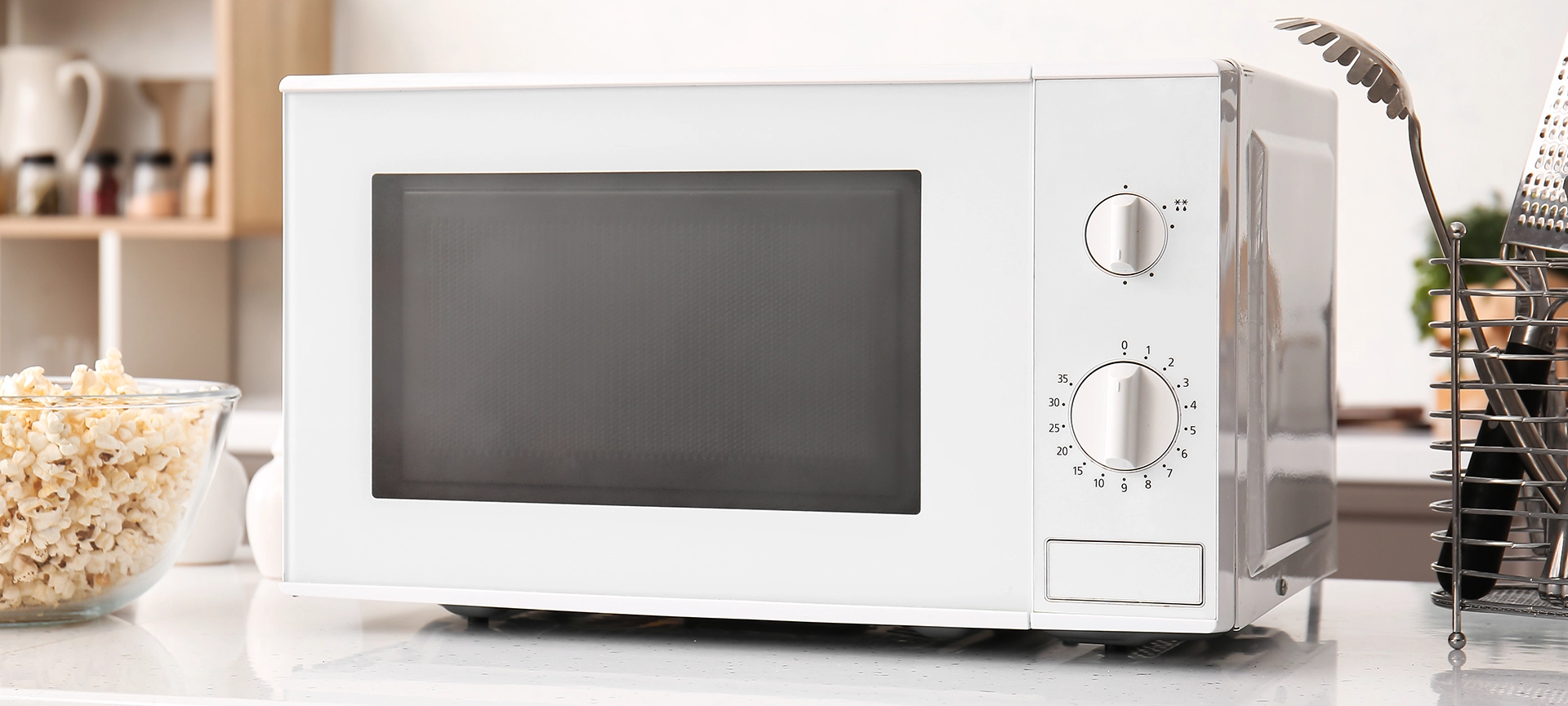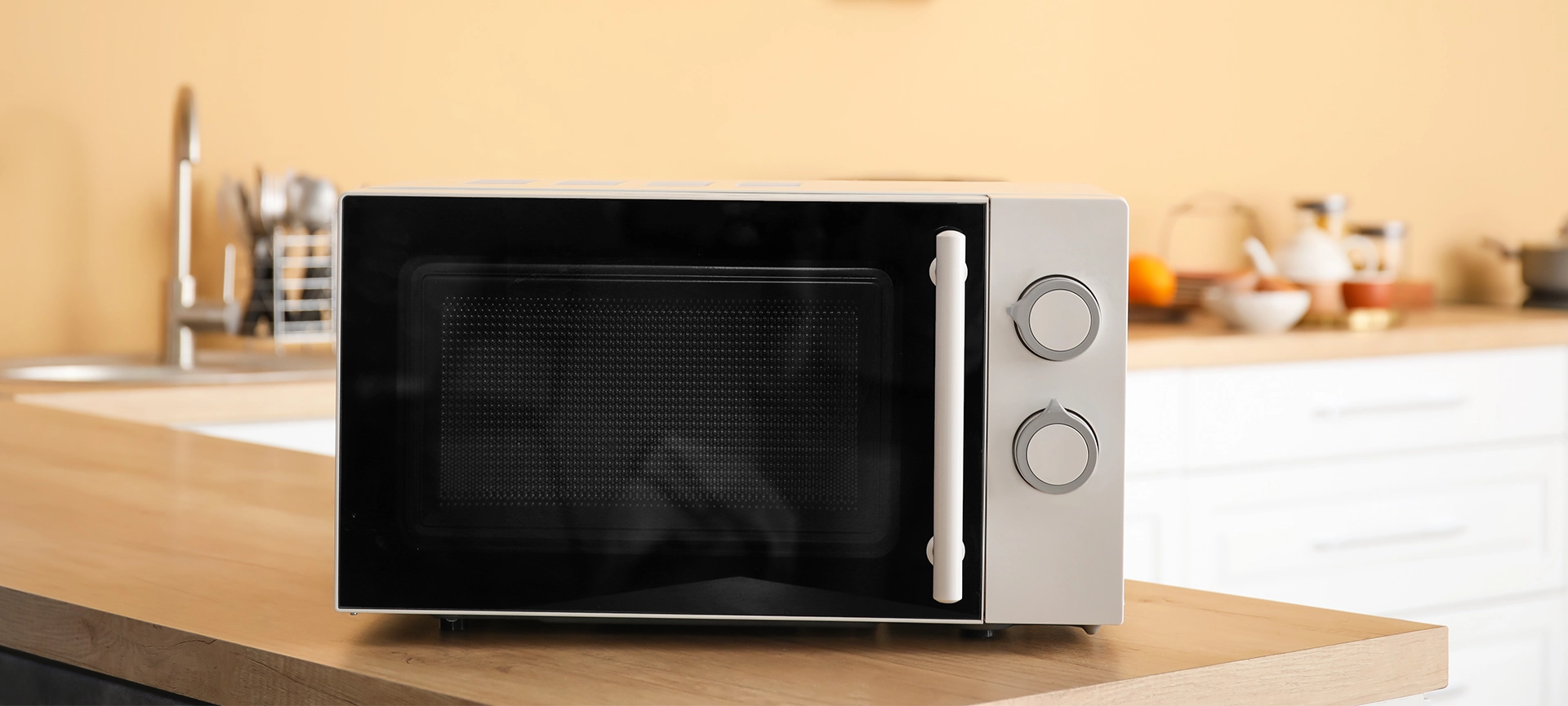Keeping your oven clean is not just a matter of aesthetics; it’s crucial for maintaining the appliance’s efficiency and ensuring your food cooks evenly. Self-cleaning ovens are a popular choice because they simplify the cleaning process, but not all have the same self-cleaning methods.
For instance, unlike traditional self-cleaning ovens that burn off food residue, pyrolytic ovens turn the residue into ash. However, they require similar safety measures as the ovens get to extremely high temperatures and cause injuries if you’re not careful.
In this comprehensive guide, we’ll explore how to self-clean different types of ovens, including traditional ovens, pyrolytic ovens, and steam-cleaning ovens. Whether you’re a seasoned home cook or a kitchen novice, these tips will help keep your oven in top condition.
How to Self-Clean Ovens
Your safety should be your top concern when self-cleaning your ovens. Here are some tips to help you keep your self-cleaning oven in optimal working condition
Traditional Self-Cleaning Ovens
Traditional self-cleaning ovens use high heat to burn off food residue and spills. Here’s how to self-clean a traditional oven:
- Preparation: Remove all oven racks, trays, and accessories. Wipe away loose debris with a damp cloth or sponge.
- Lock the Door: Ensure you securely lock the oven door during the cleaning process. This prevents you from accidentally opening the door while operating at high temperatures.
- Select the Cleaning Cycle: Set your oven to the self-cleaning cycle, typically labeled “Clean” on the control panel. Follow the manufacturer’s instructions for your specific model.
- Duration: The self-cleaning cycle can take several hours, usually 2 to 4 hours. During this time, the oven heats to extremely high temperatures (around 900°F or 475°C) to burn off the residue.
- Ventilation: Ensure your kitchen is well-ventilated during the cleaning cycle. Open windows or use an exhaust fan to dissipate any smoke or odours.
- After the Cycle: Once the cycle is complete, let the oven cool down. You’ll notice ash and charred residue at the oven’s bottom. Wipe away the debris with a damp cloth or sponge.
Related Article: How to Fix Your Oven or Dishwasher That Won’t Work Properly?
Pyrolytic Ovens
Pyrolytic ovens have a self-cleaning function that turns food residue into ash. Follow these steps for a pyrolytic oven:
- Empty the Oven: Remove all racks and accessories from the oven.
- Set the Pyrolytic Cycle: Select the “Pyrolytic” or “Self-Clean” cycle on the control panel. You may need to adjust the cleaning duration depending on how dirty the oven is.
- Start the Cycle: Initiate the cleaning cycle, and the oven will heat to extremely high temperatures (around 900°F or 475°C). It will incinerate food residue, turning it into ash.
- Ventilation: Ensure proper ventilation in your kitchen during the cleaning process.
- Cool Down: After the cycle, allow the oven to cool down. Once it’s cool, remove the ash with a damp cloth or sponge.
Steam-Cleaning Ovens
Steam-cleaning ovens use steam to soften and loosen food residue, making it easier to wipe away. Here’s how to self-clean a steam-cleaning oven:
- Remove Racks: Take out the oven racks, trays, and accessories.
- Pour Water: Add a small amount of water to the oven’s reservoir, typically at the bottom.
- Start the Cycle: Select the “Steam Clean” option on the control panel and initiate the cleaning cycle.
- Duration: The steam-cleaning process usually takes around 20-30 minutes.
- Wipe Away Residue: After the cycle, wait for the oven to cool down. Use a damp cloth or sponge to wipe away softened food residue.
General Tips for Self-Cleaning Ovens
Regardless of the type of self-cleaning oven you have, here are some general tips to remember:
- Regular Maintenance: Self-cleaning doesn’t eliminate the need for routine maintenance. Wipe up spills and crumbs promptly to prevent them from building up.
- Remove Oven Racks: Always remove oven racks and accessories before starting the self-cleaning cycle. The high temperatures can damage them.
- Ventilation: Ensure good ventilation in your kitchen during and after the cleaning cycle to remove any lingering odors or smoke.
- Check the User Manual: Consult your oven’s user manual for specific instructions on self-cleaning and recommended cleaning products.
- Safety First: Be cautious when using the self-cleaning function, and never open the oven door during the cleaning cycle to avoid burns or injury.
- Protect Kitchen Surfaces: Cover nearby surfaces and countertops with towels or aluminum foil to catch any ash or residue that may escape the oven during cleaning.
Related Article: Common Appliance Repairs in Toronto & Oakville
Maintain a Safe and Pristine Oven
Self-cleaning ovens offer a convenient way to maintain a clean and efficient kitchen appliance. Whether you have a traditional self-cleaning oven, a pyrolytic oven, or a steam-cleaning oven, these cleaning methods can help you keep your oven in top condition.
Remember to follow the manufacturer’s instructions for your specific oven model and prioritize safety when using the self-cleaning function. With this guide to self-cleaning oven, you can ensure your meals are cooked to perfection while also extending the lifespan of your appliance.
If you encounter any issues with your oven or need professional assistance, don’t hesitate to contact Prime Appliance Repair for reliable repair services. Contact us at 1-647-490-6155.





